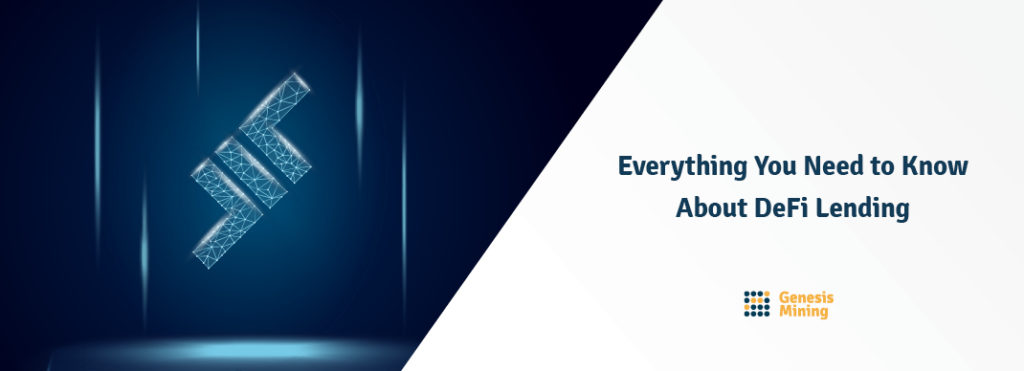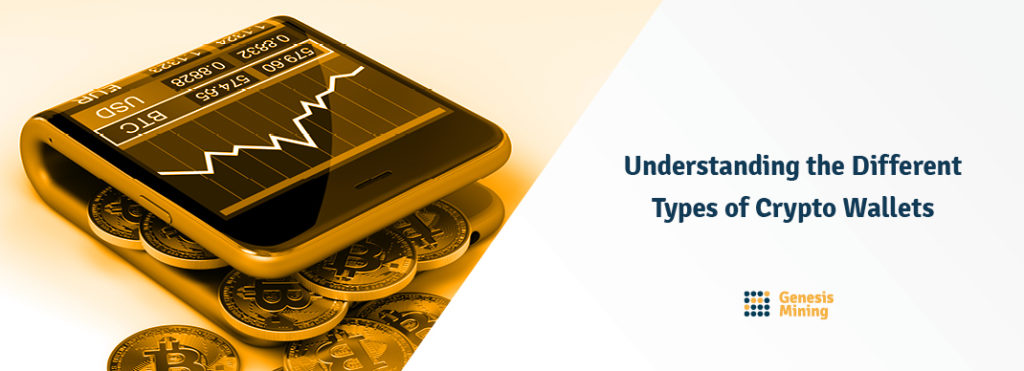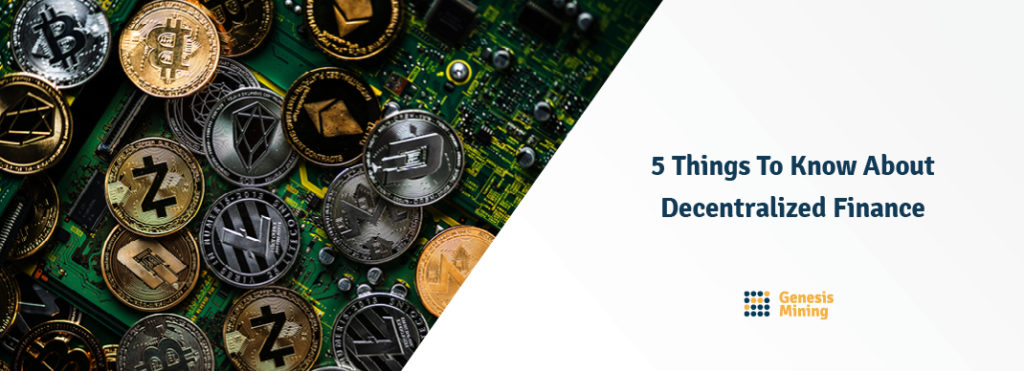Lending has emerged as one of the most popular and practical use cases within the sector of blockchain-powered financial products known as decentralized finance (DeFi). The ability to borrow value-backed assets without the middleman, you say?
That’s part of it, but there’s more to the story.
So what is decentralized lending, how does it differ from traditional lending, and what is the outlook for this relatively nascent category of financial products?
What Is Decentralized Lending?
The mechanisms of decentralized lending are fundamentally very similar to traditional lending:
- One person lends assets, doing so in exchange for interest payments (and in some cases, additional rewards)
- Another person borrows assets, paying interest payments for the right to instant funding
Rather than dollars, however, decentralized lending relies on cryptocurrency as the medium of exchange. Various platforms exist by which users can engage in lending-related transactions (more on that later).
Smart contracts are the mechanisms which facilitate decentralized lending. These contracts are self-executing protocols which may have several functions (distributing interest payments, enacting variable interest rates, and implementing other terms of a loan, for example).
These contracts are unbiased, incapable on their own of nefarious motives or bad faith tactics, and allow all participants in a lending transaction to see precisely where they stand at any given time. In other words, they’re not banks.
What Are the Perks of Decentralized Lending?
Investment in decentralized lending platforms has absolutely skyrocketed in 2020, but why?
Widespread mistrust of traditional financial institutions may play a large part in bullishness towards DeFi lending. CNBC explains how millennials in particular have shown a wariness towards traditional banks, citing The Great Recession among the reasons for skepticism.
With banks required to keep 0% of customer deposits on hand, per the Fed, it seems that willingness to try non-traditional financial products is rampant. Consider the proposed benefits of decentralized lending:
- Rather than having a financial institution with a spotty track record involved in your financial transaction, DeFi lending allows a smart contract to execute the transaction
- For lenders, interest rates on certain DeFi lending platforms may far outpace returns for other centralized investment alternatives
- Rather than a large, faceless bank reaping the rewards of lending, DeFi lending offers a peer-to-peer experience
- Lower barriers to securing a loan than are present in traditional lending processes (if you have the necessary crypto collateral, you may generally be able to secure the loan you seek)
From an investor standpoint, borrowing cryptocurrency may prevent having to sell existing stakes in crypto, which may come with fees and opportunity cost. Based on the massive infusion of capital in DeFi lending platforms in the past few months alone, it is clear that the perks of decentralized lending have legitimate appeal.
What Is the Current State of Decentralized Lending?
DeFi Pulse’s DeFi List shines a light on 12 separate decentralized lending platforms. The amount of digital assets tied up in decentralized lending platforms is substantial, with leading platforms Compound, Maker, and Aave collectively accounting for significantly more than $3 billion in digital assets on their own. DeFi Pulse keeps a running account of the entire DeFi lending industry’s “locked” assets.
$3 billion and change is noteworthy, and becomes even more eye-catching when considering that DeFi lending markets have seen a massive infusion of capital in 2020. Still, decentralized products for lending and borrowing appear modest when compared with traditional lending. Outstanding consumer debt issued through centralized sources is more than $13 trillion.
The sizable asset gulf between DeFi lending platforms and traditional lending institutions is informative, but says little about the long-term viability of DeFi lending. The headstart that established financial institutions have on decentralized alternatives (2016 spawned the earliest DeFi lending platforms) must be considered when making comparisons.
DeFi lending platforms must be evaluated on their own merits, rather than in comparison to centralized alternatives. Through this lens, decentralized lending is a product that investors are very bullish on.
Some have observed DeFi lending’s transition from “niche” to “mainstream” (injecting billions in capital in a matter of months will have that effect). The de facto marriage between the Ethereum blockchain and DeFi lending products serves as something of a blueprint, and at this point DeFi lending is well established as a force in the projected financial markets of the near and distant future.
How Do Regulators View Decentralized Lending?
If there is one potential threat to DeFi lending, it is the same concern that clouds the crypto sector more broadly: regulation.
Publications such as Reuters have thrown around terms like “freewheeling” to describe the state of crypto lending. These sorts of terms, generally speaking, are the sort that tend to catch the eye of regulators.
With its massive and growing popularity to the tune of billions of dollars invested, there is no doubt that conversations about DeFi lending have already been had in the offices of the Securities and Exchange Commission (SEC). But one unanswered question remains: how, exactly, will the SEC treat DeFi lending platforms?
There is some fear that these platforms will receive treatment similar to that of Initial Coin Offerings (ICOs). In 2018, ICOs became tied to unsavory phrases like “securities fraud” and “conspiracy” when the SEC took legal action against multiple crypto firms. CNBC’s take on the SEC’s message: “new digital financial products must follow traditional securities rules”.
If this proves to be the case with DeFi lending platforms, then there may come a time when regulators begin to enforce the “traditional securities rules” to which decentralized lending products may or may not be subject.







